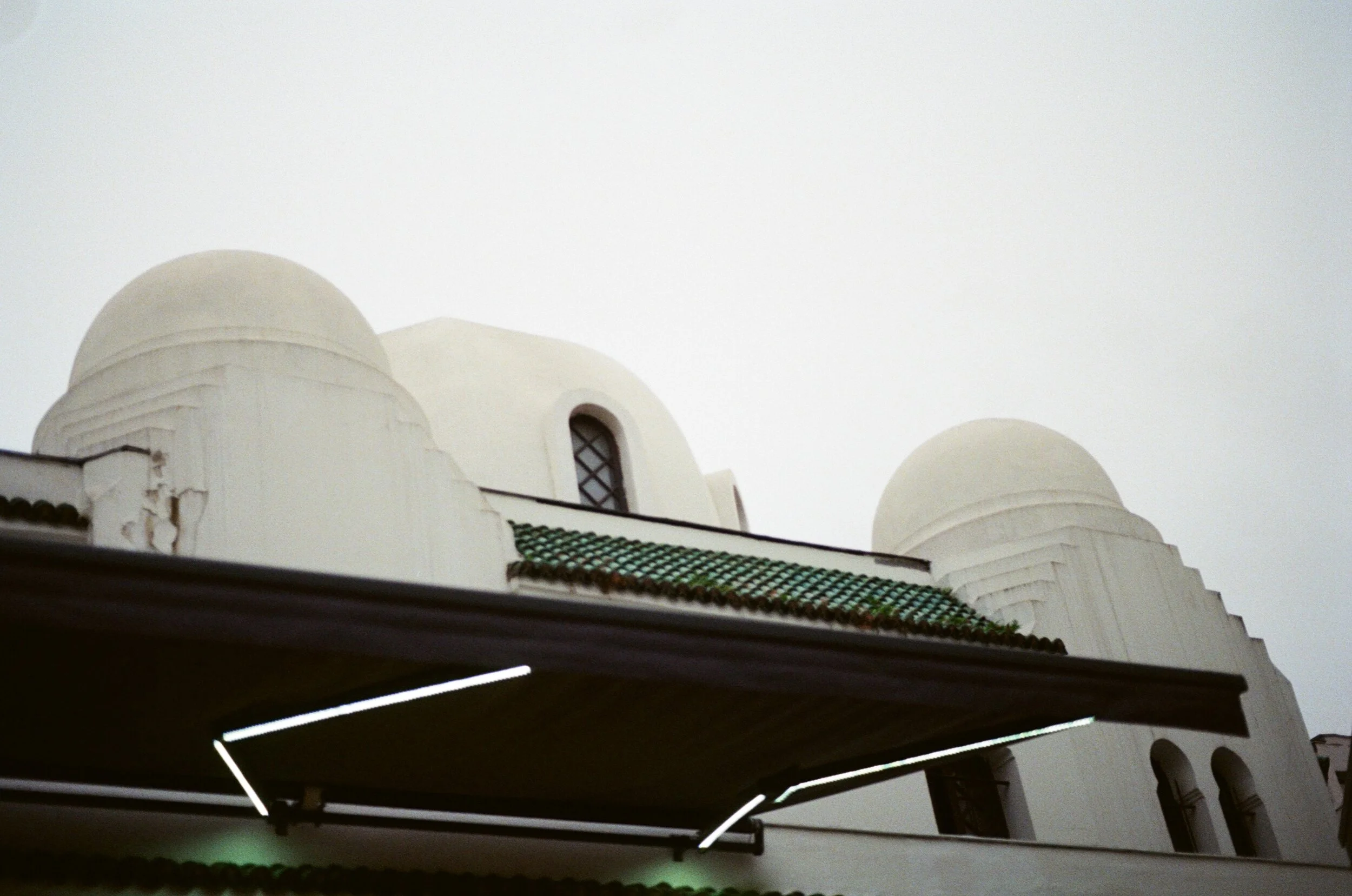ENTITRE
a tribute to physical matter in the digital age.
ENTITRE
Welcome to LWJ’s blog.
An editorial space illuminating the inspirations we draw from both East and West—spanning architecture, contemporary art, design and the intricate world of gemmology.
"Precious Stones" at the Gallery of Evolution in Paris
Facing the Great Mosque of Paris, inside the Jardin des Plantes, the Grande Galerie de l’Evolution is currently showcasing the stunning exhibition “Precious Stones” until June 14th 2021, a fantastic collaboration between Van Cleef & Arpels and the Natural History Museum. The exhibition brings together over 500 minerals, gems and objets d'art from the Natural History Museum’s collections and more than 200 gems and jewelry creations from the House of Van Cleef & Arpels.
The exhibition’s unique and extensive approach to mineralogy, gemology and the art of jewellery making is what makes it so fascinating. Thanks to instructive screenings, the visitor is taught about minerals’ geological formation, their shape, chemical and physical properties and receives the opportunity to marvel at the most incredible crystals created by the hand of nature whilst also admiring stunning creations created by man.
Here is a small focus on various stones from the exhibition including the emerald, ruby, blue chalcedony, chrysoprase and moonstone as well as unique Van Cleef & Arpels jewellery pieces.
To discover LWJ’s latest “Damask Rowse” jewellery curation, head here:
Top Right: Blue Chalcedony Cabochon from Yemen.
Bottom Right: Blue Chalcedony from the Transvaal Province of South Africa.
Middle Left: surface polished Chrysoprase from Silesia, Poland.
The Emerald
An Emerald Crystal surrounded by pyrite crystals.
Emerald is a variety of beryl, coloured by the presence of chromium and/or vanadium, or even iron. It is characaterized by the meeting of chemical elements of different geological origins: on the one hand beryllium, more abundant on the Earth’s crust; and on the other, chromium and vanadium which mostly originate in the mantle.
Later, the fluids containing these elements percolate through various magmatic, sedimentary or metamorphic rocks in which the emerald will crystallize. The emerald’s rarity comes from the low probability that such different chemical elements are able to interact during the same geological process.
An Incredible Indian Inspired Necklace from Van Cleef & Arpels Collection, crafted in 1971 and features yellow gold, carved emeralds and diamonds. The necklace is transformable into two bracelets and a detachable pendant clip.
The Ruby
Ruby, a gemstone highly sought after for its rarity, occupies a special place in the history of Van Cleef & Arpels, particularly with the development of the Mystery Setting.
Patented in 1933, this technique makes it possible to conceal metal so that only the precious stones are visible. With its velvet-like petals, the Fuchsia Brooch is a great example.
A Mystery-Set Ruby And Diamond Fuchsia Brooch, By Van Cleef & Arpels.
The moonstone
The name “moonstone” is a generic term for feldspars with a bluish shimmering reflection, called adularescence, recalling the glow of the moon.
A beautiful moonstone cabochon set brooch.
The Great Mosque of Paris
Established at the heart of the Jussieu District, in the 5th arrondissement of Paris lies the fascinating multidimensional Great Mosque of Paris: a space dedicated to prayer; to research - with a center for Islamic Studies; to the development of cultural and scientific activities with the help of the Great Mosque’s High Council for Science and Culture; and to its cultural influence and reach with a Maroccan inspired restaurant and unique hammam facility for women only.
The idea of building a Muslim, Religious and Cultural Institute in Paris was first introduced in 1849 by the Sultan Abdul Hamid, one of the last Ottoman Sultans. After a long and arduous task, the French government agreed on the project to grant Paris with a Muslim Institute with a global reach.
The Muslim Institute of the Paris Mosque was built between 1922 and 1926, after the First World War, when thousands of Muslims died for France. When the war came to an end, the construction of the Muslim Institute was a matter of course and a way to symbolise the French-Muslim friendship and stand as an everlasting testimony to the sacrifice of Muslims during the war and particularly during the victorious Verdun battle where countless Muslim soldiers and heroes fell to the ground.
The Great Mosque’s incredible fountain courtyard and patio, with its white marble floors, cascading fountains, hand-carved cedar wood doors and chiseled floral motifs inspired LWJ’s latest “Damask Rowse” jewellery curation, which you can discover here:
Stones and Roses at the Jardin des Plantes
If you’re looking for a romantic and scientific walk, the rose and stone garden facing the Mineralogy and Geology Gallery inside the Jardin des Plantes is definitely where its at. With more than 390 wild species and ancient and contemporary rose varieties, the garden is a pure delight for the senses.
The Rose Garden was sketched out and planted in 1990 with the intent of tracing the history of the rose since the beginning of its cultivation during Antiquity. The central alley, with its rambling roses leads the visitor from one rose bush to the next, on the discovery of new scents and colours. The trail is interspersed with stones blocks expanding from the Mineralogy and Geology Gallery and contrast beautifully with the delicate hues of deep red, pink and cream.
This beautiful Rose and Stone garden inspired LWJ’s latest jewellery curation“Damask Rowse” which you can discover here:







































